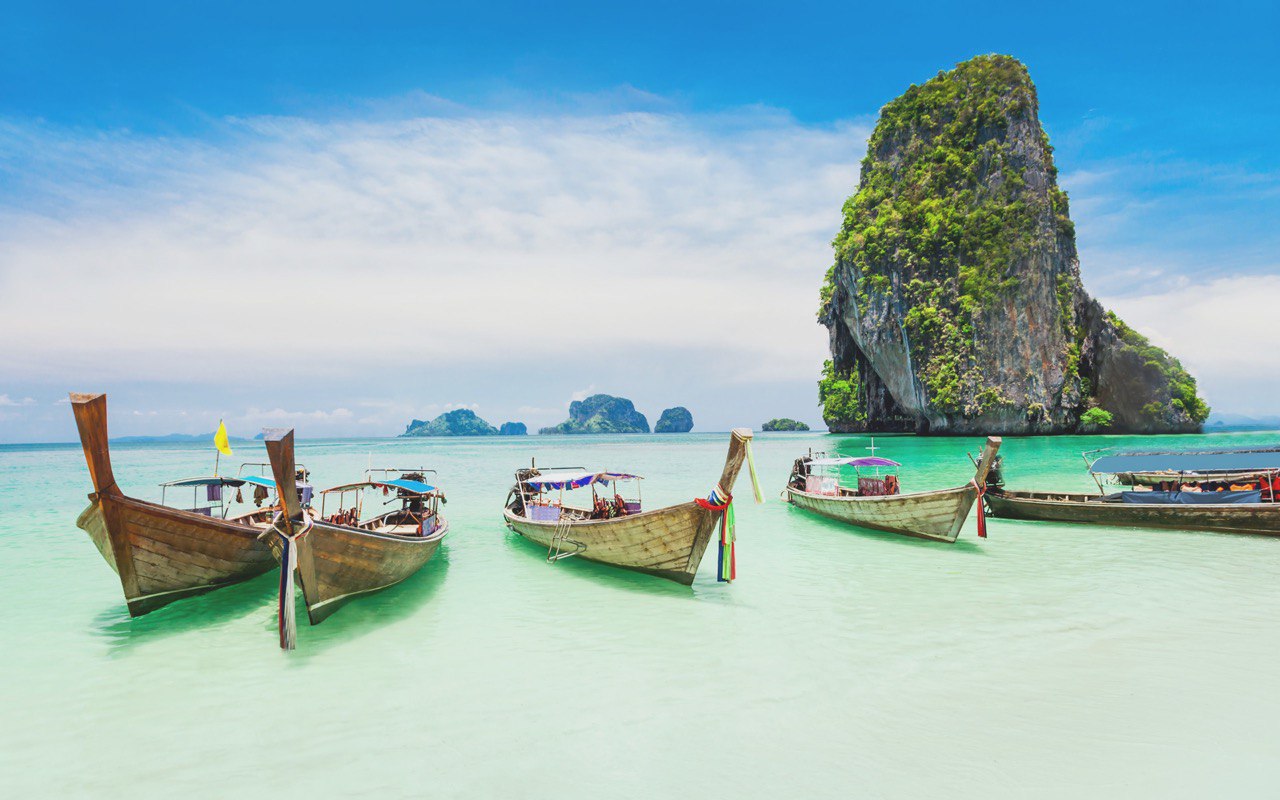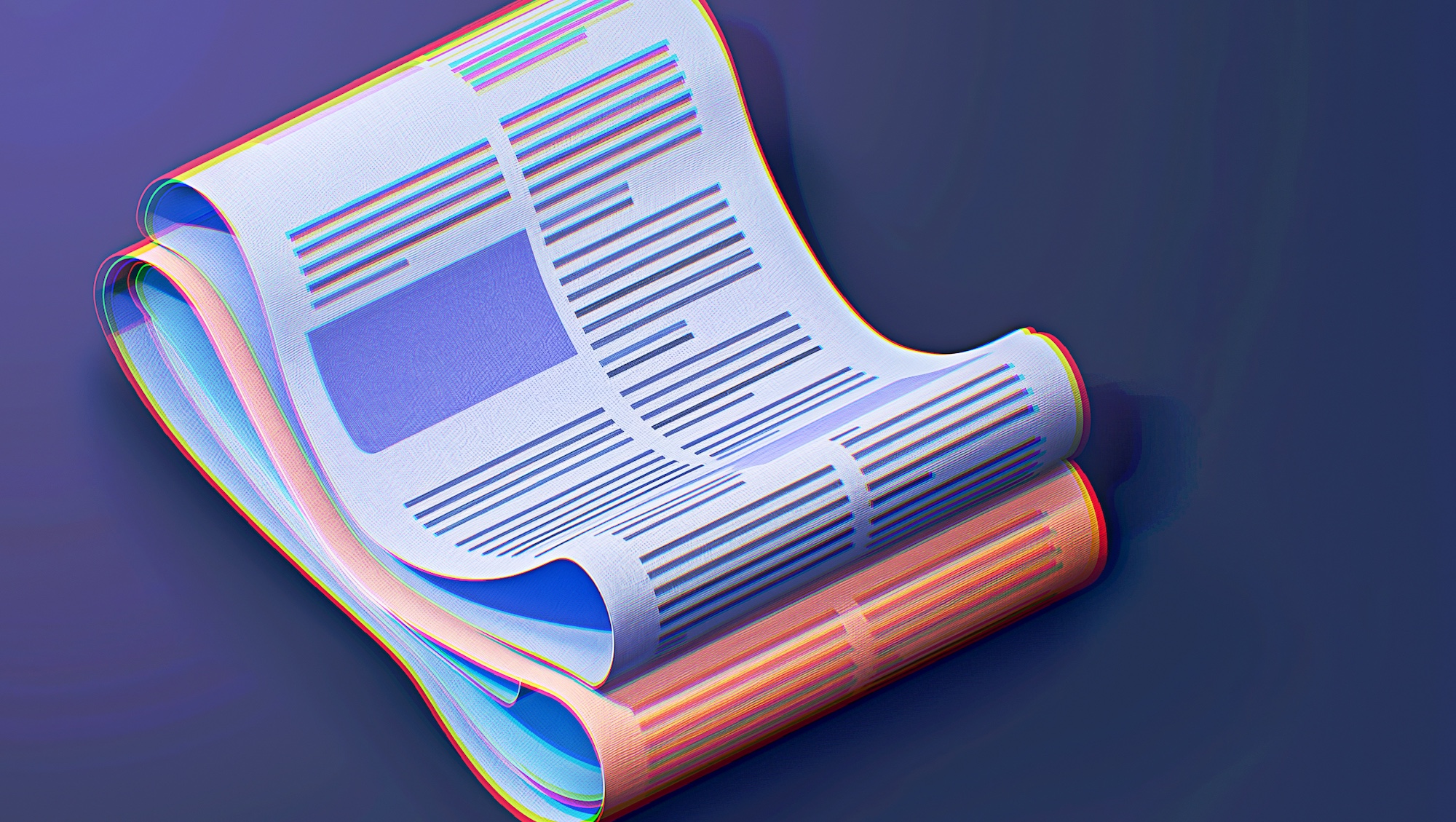Traditional Media Advertising in Uzbekistan
RMAA opens opportunities for brands to connect with the diverse Uzbek audience through targeted, culturally relevant media campaigns. Leveraging a mix of OOH, TV, radio, and press media in Tashkent, Samarkand, Bukhara and other major cities, we help brands effectively engage consumers across Uzbekistan and the CIS.










